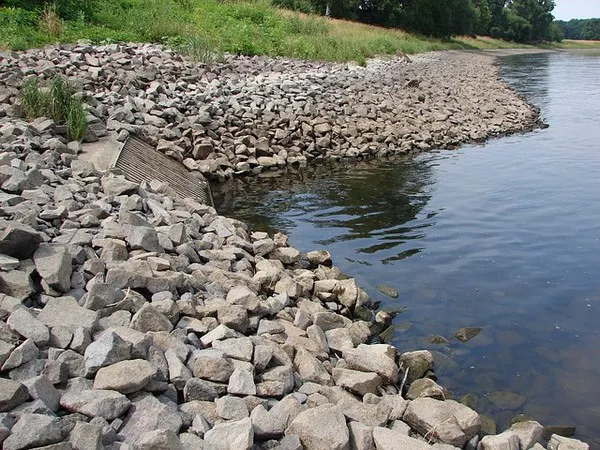In a significant move aimed at addressing the pervasive contamination of water and soil by hazardous forever chemicals, the Environmental Protection Agency (EPA) designated perfluorooctanoic acid (PFOA) and perfluorooctane sulfonic acid (PFOS) as hazardous substances under the Superfund law. This action is poised to expedite cleanup efforts and hold industries accountable for contamination caused by these toxic compounds.
Although the designation does not prohibit the use of PFOA and PFOS, it mandates the reporting of their release into the environment if they surpass certain thresholds. Subsequently, the EPA can enforce cleanups to safeguard public health and recoup costs, which can run into tens of millions of dollars.
PFOA and PFOS, ubiquitous in cookware, carpets, firefighting foams, and various consumer products, have garnered infamy for their persistence in the environment due to their non-degradable nature. Classified as per- and polyfluoroalkyl substances (PFAS), they are notorious for accumulating in the human body and posing severe health risks, including cancer and developmental abnormalities.
The EPA’s decisive action aligns with its recent stringent regulations on PFAS in drinking water, aimed at reducing exposure for millions of Americans and averting numerous illnesses, including cancer. Moreover, it underscores the agency’s commitment to addressing the widespread contamination of water systems by forever chemicals.
Notably, the EPA’s designation carries significant implications for industries and entities responsible for PFAS contamination. Chemical manufacturers, notably DuPont de Nemours Inc., The Chemours Co., Corteva Inc., and 3M Co., have already borne the brunt of hefty settlements over PFAS pollution, underscoring the growing onus on polluters to mitigate environmental harm.
Moreover, the EPA’s clarion call for heightened enforcement underscores its resolve to target entities significantly contributing to PFAS release, thereby ensuring accountability across the board. The Superfund designation serves as a potent tool to hold culpable parties accountable and mitigate the adverse impact of PFAS contamination on communities and ecosystems.
Environmental advocates have hailed the EPA’s action as a pivotal step towards ensuring justice for affected communities and safeguarding public health. By shifting the burden of cleanup costs onto manufacturers and other responsible parties, the EPA’s Superfund rule heralds a paradigm shift in environmental accountability.
As the nation grapples with the enduring legacy of PFAS contamination, the EPA’s resolute stance serves as a beacon of hope, heralding a new era of environmental stewardship and accountability. Through concerted efforts and steadfast enforcement, the nation can endeavor to cleanse its waterways and soil of the toxic scourge of forever chemicals, thereby ensuring a healthier and more sustainable future for all.

